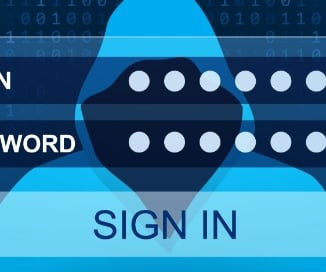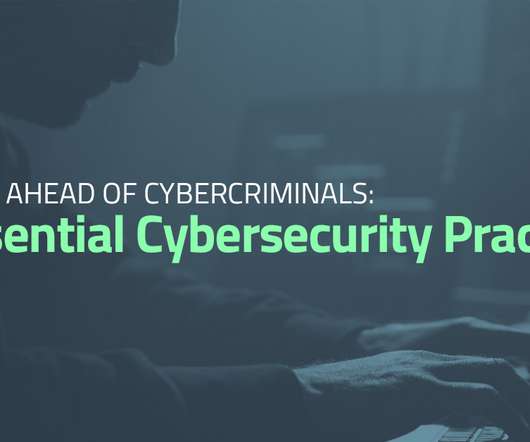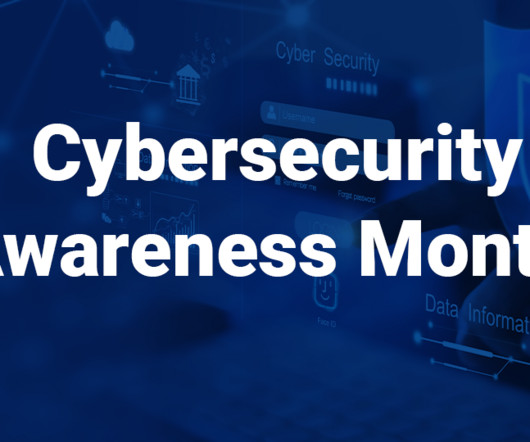How to prevent identity theft: Tips for a safer online presence
Online Computers
NOVEMBER 30, 2023
To help prevent identity theft, follow these strategies: Create strong and unique passwords Passwords are typically used to protect email, banking, and social media accounts. Regularly reviewing these statements and setting up alerts for unusual transactions can help you identify unauthorized activity and protect yourself from identity theft.












Let's personalize your content